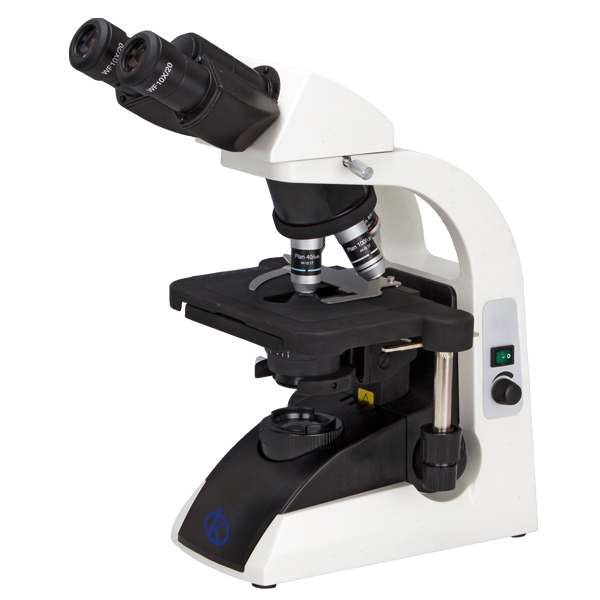Planachromatic lenses are specialized lenses that provide good field flatness and are specially designed for routine microscopy with fluorescence and light-field modes. Useful in clinical research and laboratory testing.
Importantly, the objective of a microscope is the most important and complex element of the optical microscope. It is important because the target is where most of the magnification provided by the microscope occurs. Its complexity lies in the fact that to fulfill its function you need different lenses of high quality and precision.
Benefits of a planachromatic lens
- Planachromatic lens lenses provide images across the larger field of view.
- They are suitable targets for microscopic imaging and photodetection of the image.
- Planachromatic lenses are corrected by chromatic aberration in three wavelengths, as they are manufactured from low dispersion optical glass or fluorite. Changes in curvature and astigmatism are also corrected.
- These lenses provide a very clear, high contrast image within the entire field of view and are suitable for high image quality and microscope image recording.
Difference between achromatic and planachromatic lenses
Achromatic targets are the most commonly used targets in laboratory microscopes. These lenses are characterized by being corrected for axial chromatic aberration at blue and red wavelengths, which are approximately 486 and 656 nanometers, respectively. Achromatic lenses are also corrected by spherical aberration in green color (546 nanometers). Limited correction of achromatic lenses can result in magenta halo images if the focus is chosen in the green region of the spectrum. The lack of field flatness correction (or field curvature) presents an additional problem.
Whereas in a planachromatic microscope lens, this lens curvature has been corrected and results in a much clearer and sharper focused image. That is why we can say that the difference between an achromatic microscope target lens and a planachromatic lens is the degree of flatness of the field. Because an achromatic microscope lens does not have a correction for lens curvature, the very outer edges of the circular image you see through the microscope will be slightly out of focus. When you look at the two images, it’s kind of hard to tell a big difference between achromatic and planachromatic lenses. So maybe using lenses with planachromatic lenses is not as necessary when the microscope is used for pleasure or academic purposes. To work, especially if you need to observe things in their context (wide field for long periods of time), it is preferable to have a field that looks flat (not concave) and well focused in its entirety, like that offered by planachromatic objectives.
What does Kalstein offer you?
Kalstein is a manufacturer of medical and laboratory equipment of the highest quality and the best technology at the best PRICES in the market, so you can make your PURCHASE confidently with us, knowing that you have the service and advice of a company specialized in the field and committed to provide you with safe, economical and effective options to perform your functions in the right way.
This time we present our Binocular Light Microscope YR0243-YR0244. This innovative device with cutting edge technology has the following features:
- Excellent image quality with infinite optical system.
- Convenient operation with perfect aerodynamic structure design.
- Better illumination with central sliding capacitor, convenient replacement with phase contrast and dark field capacitor.
- Planachromatic (antifungal) lens.
- Binocular observing device Seidentopf inclined 30 °, rotating 360 °, interpupillary 48-75 mm.
- As for its focus system: features a coaxial adjustment thick and thin, fine division 0.002 mm, thick stroke 37.7 mm per rotation, thin stroke 0.2 mm per rotation, range of motion 22 mm; with adjustable voltage control and upper limit stop to prevent accidental damage to the slides; all metal gears, fine focus gear. HERE
For more information we invite you to take a look at: HERE

